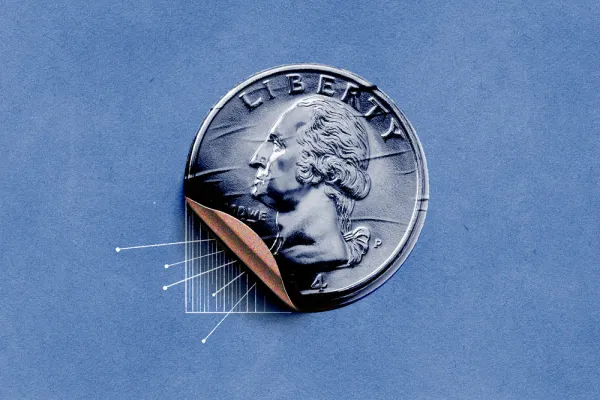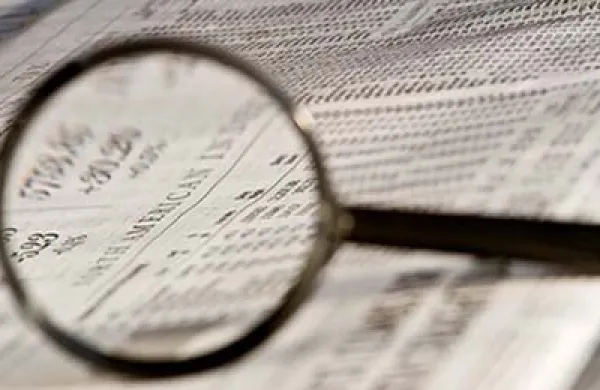APRIL 1993 — In the wake of the savings and loan crisis that took down many U.S. regional banks in the late 1980s and triggered a federal bailout in February 1989, shareholder activists were trumpeting new Securities and Exchange Commission regulations that tackled outsize bonuses and other corporate excesses.
In "What the New SEC Rules Do for Activism," Institutional Investor reported how the agency pushed companies to "provide charts and other information showing clearly how much they pay their top executives — and explain why." But years passed, the rules had little impact, and executive compensation soared. It took the recent global financial crisis and a new administration in Washington to beat back executive pay.
In March 2009 news broke that American International Group had used some of the $173 billion in bailout money it had received to dole out $165 million in bonuses to officers at the very group that created and managed the derivative securities that had led to the insurer’s historic losses last year.
As a result, the U.S. House of Representatives voted overwhelmingly in favor of a steep 90 percent tax on executive bonuses for all financial services firms that receive public money. The threat alone might have been enough. Within days some AIG executives had returned their bonuses, and House Majority Leader Steny Hoyer said the tax "may not be necessary" after all.





